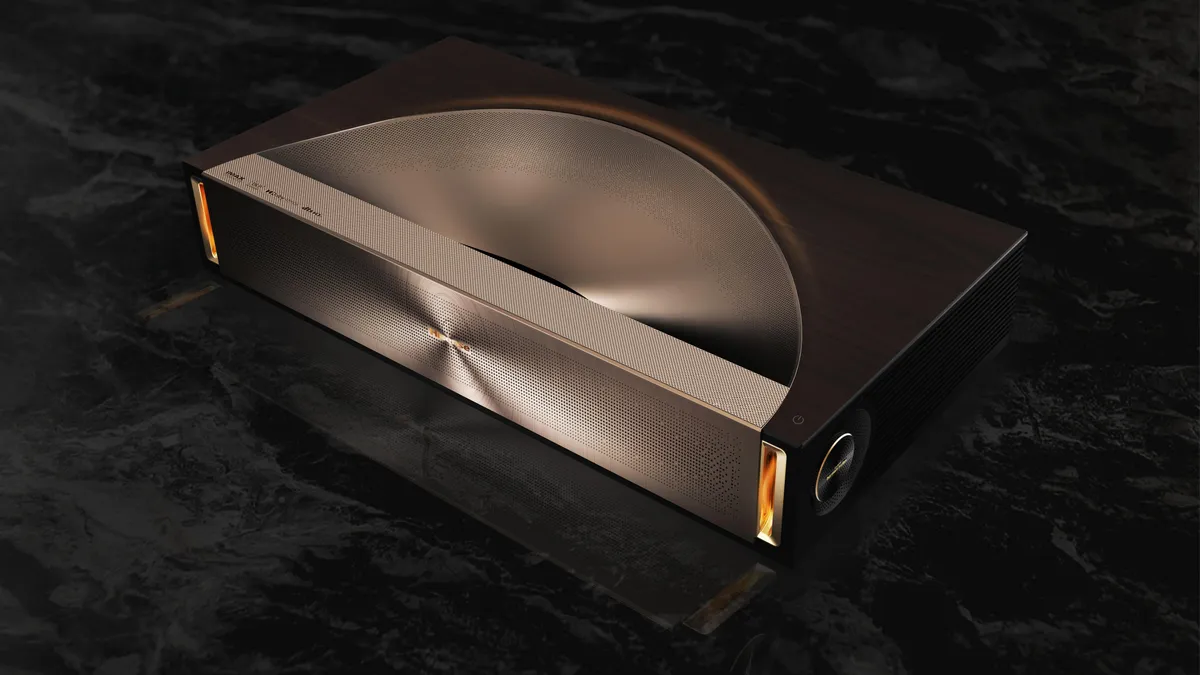From its bold F-O-R-D grille to its strong shoulder line, Ford Ranger Raptor is every inch Built Ford Tough while also incorporating an aerodynamic design that helps reduce drag and improve performance and efficiency.
To sculpt the truck’s shape, Ranger Raptor underwent around 700 hours of virtual and physical aerodynamics testing with cutting-edge computational fluid dynamics able to test the effect of design changes almost instantly.

Designers and engineers also looked to an unlikely source for inspiration to manage airflow around the wheels – a major source of aerodynamic drag. The Ford Mustang shares little in common with the Ranger Raptor, but the Australian development team was influenced by techniques used by their U.S. counterparts to help manage efficient airflow around the wheels and wheel arches of the Mustang.
The importance of aerodynamics on truck design
Aerodynamics has not always played an important part in the design of the Ranger Raptor or wider Ranger family. As more and more customers choose pickups for work, family and play, designers have had to improve pickup design to match customer expectations on efficiency and refinement.
The basic pickup shape is not the easiest to work with when it comes to refining aerodynamic efficiency, according to Dr. Neil Lewington, technical specialist and aerodynamics supervisor, Ford Australia. With large frontal areas, big open wheel spaces, a dual cab design that ends suddenly and an open load box, designers have a lot to overcome when designing a new pickup.

Managing airflow around the wheels and box step
The wheels on your vehicle are a major source of aerodynamic drag. And while you could drape the wheels in physical curtains to get the air to flow around it would look dinky, according to Dr Lewington. So, Ranger Raptor’s designers and engineers, taking inspiration from the air curtains used on Mustang, worked together to develop a clever way of shaping the vehicle’s fog lights to create front wheel aero curtains.
The front bumper and fog lamp bezel were shaped to channel air flow around the front wheels which, according to Dr. Lewington, does two things. “It helps to relieve some of the high pressure on the front of the vehicle which reduces aerodynamic drag and also mixes this higher momentum air flow with the front wheel wake to reduce drag caused by the wheels.”
The ingenious rear box step makes it easier than ever to access the load box; no more clambering onto a rear wheel and swinging yourself into the back of the truck. While the team ensured it had minimal impact on aerodynamic drag, Dr. Lewington said the focus was always on improved customer experience.

Streamlining the load box
Ensuring the load box is aerodynamic as possible, Dr. Lewington said the team worked on the shape of the C-pillar, box capping and tailgate spoiler to improve airflow characteristics above and around the load box.
“Managing the flow of air above the load box has an impact on vehicle aerodynamics. The pickup shape dictates that you have a large recirculating flow in the cavity above the tray,” said Dr. Lewington.





